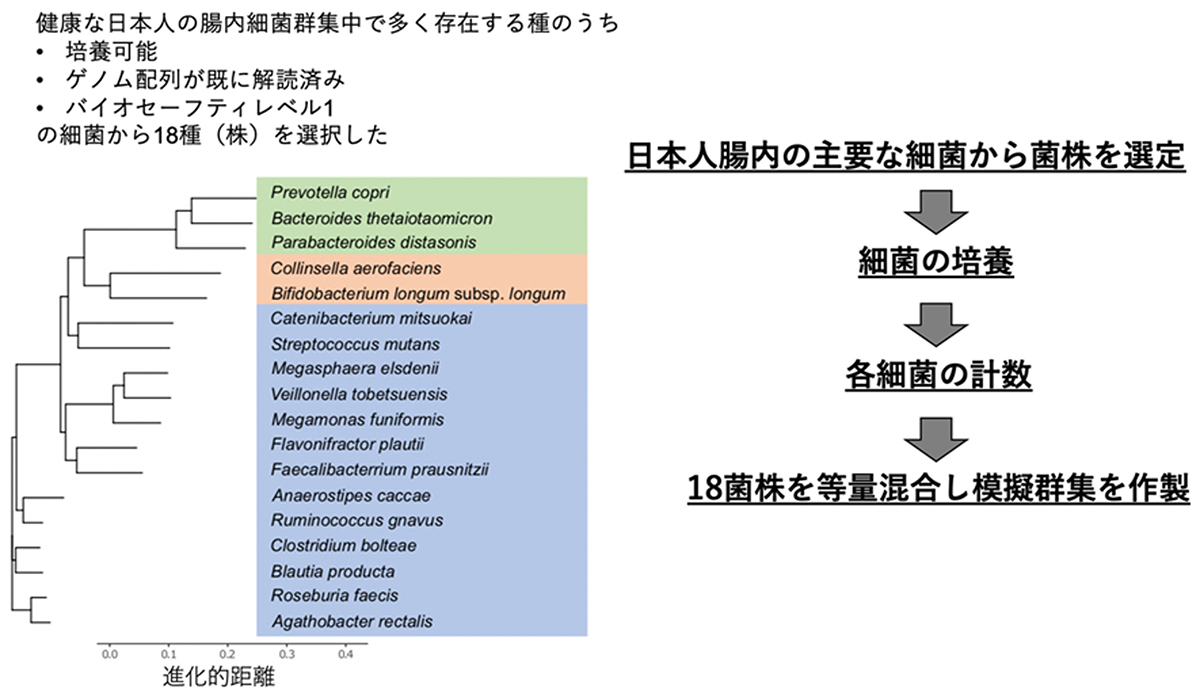2023-05-30 ワシントン大学セントルイス校
◆今後は、より大規模なデータを収集し、予測方法を改善して結果を検証する予定です。この研究は、早産の予測において有用で、診療所や自宅での使用も可能なモデルを提供するものです。
<関連情報>
- https://engineering.wustl.edu/news/2023/Preterm-births-could-be-predicted-at-around-31-weeks-gestation-new-model-shows.html
- https://journals.plos.org/plosone/article?id=10.1371/journal.pone.0285219
ディープラーニングによる電気ヒストグラム記録からの早産予測 Predicting preterm births from electrohysterogram recordings via deep learning
Uri Goldsztejn,Arye Nehorai
PLoS One Published: May 11, 2023
DOI:https://doi.org/10.1371/journal.pone.0285219
Abstract
About one in ten babies is born preterm, i.e., before completing 37 weeks of gestation, which can result in permanent neurologic deficit and is a leading cause of child mortality. Although imminent preterm labor can be detected, predicting preterm births more than one week in advance remains elusive. Here, we develop a deep learning method to predict preterm births directly from electrohysterogram (EHG) measurements of pregnant mothers recorded at around 31 weeks of gestation. We developed a prediction model, which includes a recurrent neural network, to predict preterm births using short-time Fourier transforms of EHG recordings and clinical information from two public datasets. We predicted preterm births with an area under the receiver-operating characteristic curve (AUC) of 0.78 (95% confidence interval: 0.76-0.80). Moreover, we found that the spectral patterns of the measurements were more predictive than the temporal patterns, suggesting that preterm births can be predicted from short EHG recordings in an automated process. We show that preterm births can be predicted for pregnant mothers around their 31st week of gestation, prompting beneficial treatments to reduce the incidence of preterm births and improve their outcomes.


